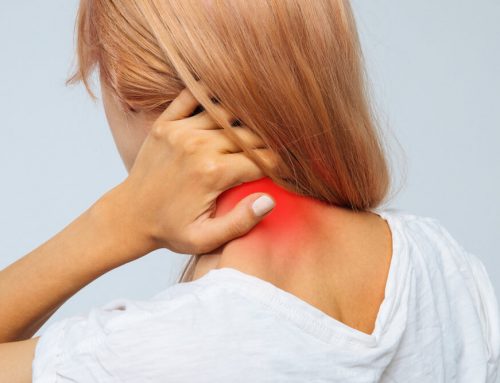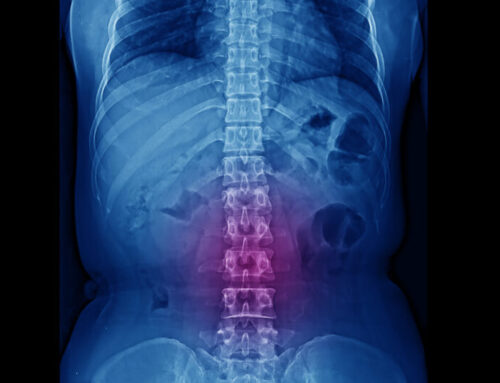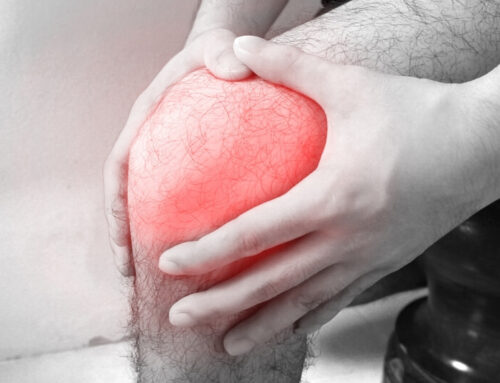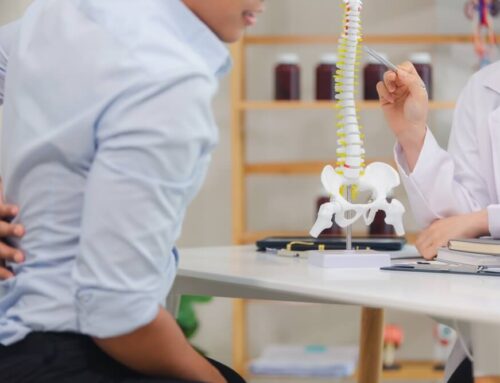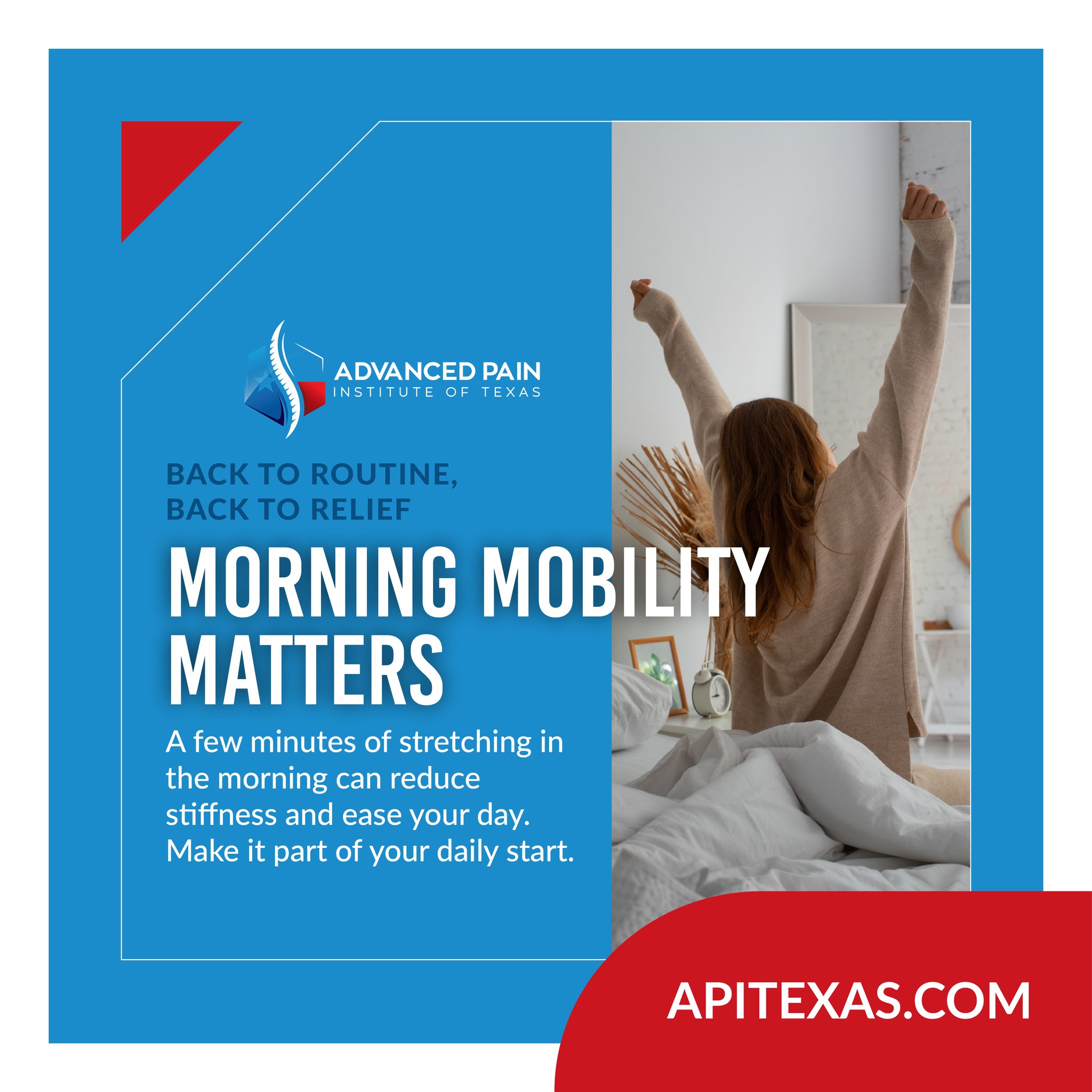
Most Common Injuries Associated with Pickleball and How to Prevent Them
Introduction
Pickleball is a fantastic sport that combines elements of tennis, badminton, and table tennis. It’s easy to learn and offers a great way to stay active. However, like any physical activity, pickleball comes with its own set of potential injuries. Understanding these common injuries and how to prevent them can help you enjoy the game safely. So, what are the most common injuries in pickleball, and how can you avoid them?
Sprained Ankles
Sprained ankles are one of the most common injuries in pickleball. This typically happens when you twist your ankle while moving quickly on the court.
Prevention Tips:
- Wear Supportive Shoes: Ensure you have good quality, supportive shoes designed for court sports.
- Strengthen Your Ankles: Perform exercises that strengthen the muscles around your ankle.
- Watch Your Step: Be mindful of the court surface and avoid stepping on uneven ground.
Tennis Elbow
Despite its name, tennis elbow isn’t just for tennis players. It can affect pickleball players due to the repetitive motion of swinging the paddle.
Prevention Tips:
- Use Proper Technique: Ensure you’re using the correct form when hitting the ball.
- Choose the Right Paddle: A paddle that suits your grip and playing style can help reduce strain.
- Strengthening Exercises: Engage in exercises that strengthen your forearm muscles.
Shoulder Strain
Shoulder injuries can occur from the repeated overhead movements and serves in pickleball.
Prevention Tips:
- Warm-Up Properly: Ensure you do shoulder stretches and warm-up exercises before playing.
- Limit Overhead Shots: Try to avoid excessive overhead shots that strain the shoulder.
- Strengthening Exercises: Include shoulder strengthening exercises in your routine.
Knee Injuries
Knee injuries, including strains and sprains, are common due to the fast-paced nature of pickleball.
Prevention Tips:
- Strengthen Your Legs: Focus on exercises that build strength in your quadriceps, hamstrings, and calves.
- Wear Knee Braces: Consider wearing knee braces for additional support.
- Proper Footwear: Invest in shoes that provide good support and cushioning.
Wrist Injuries
Wrist injuries can result from the constant swinging of the paddle and can range from mild strains to more severe conditions like carpal tunnel syndrome.
Prevention Tips:
- Warm-Up Your Wrists: Include wrist stretches and warm-ups in your pre-game routine.
- Use Proper Grip: Ensure you are holding the paddle correctly to avoid unnecessary strain.
- Take Breaks: Don’t overuse your wrists; take regular breaks to rest them.
Back Pain
Back pain can arise from the twisting and turning movements in pickleball.
Prevention Tips:
- Maintain Good Posture: Keep a good posture during play to avoid unnecessary strain on your back.
- Strengthening Exercises: Incorporate core strengthening exercises into your fitness routine.
- Stretching: Regularly stretch your back muscles before and after playing.
Achilles Tendonitis
Achilles tendonitis is an overuse injury affecting the Achilles tendon, usually due to repetitive movements and insufficient warm-up.
Prevention Tips:
- Gradual Increase in Activity: Don’t suddenly increase the intensity of your game.
- Proper Footwear: Wear shoes that provide adequate heel support.
- Stretching: Ensure you stretch your calf muscles regularly.
Plantar Fasciitis
This condition involves pain in the bottom of the foot, usually due to overuse and insufficient arch support.
Prevention Tips:
- Wear Supportive Shoes: Ensure your footwear has good arch support.
- Stretching Exercises: Perform stretching exercises for your feet and calves.
- Rest: Give your feet enough rest if you start feeling pain.
Eye Injuries
Eye injuries can occur from getting hit by the ball or paddle, which is why wearing protective gear is essential.
Prevention Tips:
- Wear Protective Eyewear: Always wear sports goggles or protective eyewear.
- Be Aware: Stay aware of the ball’s location at all times.
- Proper Technique: Use the correct technique to avoid accidental hits to the face.
Muscle Strains
Muscle strains can occur from sudden movements and overuse.
Prevention Tips:
- Warm-Up and Cool-Down: Always warm-up before playing and cool down after.
- Stay Hydrated: Keep your muscles hydrated to avoid cramps.
- Listen to Your Body: Don’t push through pain; if you feel a strain, take a break.
General Tips for Prevention
Preventing injuries in pickleball is all about preparation and mindfulness. Here are some general tips to help you stay injury-free:
- Regular Exercise: Maintain a regular fitness routine that includes strength, flexibility, and cardiovascular exercises.
- Listen to Your Body: If you feel pain, don’t ignore it. Rest and seek medical advice if necessary.
- Proper Technique: Take lessons or watch videos to learn the correct techniques.
Proper Warm-Up and Cool-Down
A good warm-up and cool-down routine can significantly reduce the risk of injuries.
Warm-Up:
- Dynamic Stretching: Perform dynamic stretches to get your muscles ready for activity.
- Light Jogging: Start with light jogging to increase your heart rate.
Cool-Down:
- Static Stretching: Focus on static stretches to relax your muscles.
- Hydrate: Drink plenty of water to help your muscles recover.
Using the Right Equipment
Using the right equipment can make a huge difference in preventing injuries.
Tips:
- Choose the Right Shoes: Invest in high-quality court shoes with good support.
- Pick the Right Paddle: Select a paddle that matches your playing style and grip.
- Wear Protective Gear: Always use protective eyewear and consider other protective gear as needed.
Staying Hydrated and Nutrition
Staying hydrated and eating the right foods can help keep your body in top condition.
Hydration:
- Drink Water: Ensure you drink plenty of water before, during, and after playing.
- Avoid Dehydration: Watch for signs of dehydration like dizziness or fatigue.
Nutrition:
- Balanced Diet: Eat a balanced diet rich in proteins, carbs, and healthy fats.
- Pre-Game Snacks: Have a light snack before playing to keep your energy levels up.
Conclusion
Pickleball is a fun and engaging sport that offers numerous health benefits. However, being aware of the potential injuries and taking steps to prevent them is crucial. By following the tips provided and listening to your body, you can enjoy pickleball safely and reduce your risk of injury. Remember, the key to staying injury-free is preparation, proper technique, and using the right equipment. Now, grab your paddle, hit the court, and enjoy the game!
FAQs
1. What are the most common injuries in pickleball?
The most common injuries in pickleball include sprained ankles, tennis elbow, shoulder strain, knee injuries, and wrist injuries.
2. How can I prevent sprained ankles while playing pickleball?
To prevent sprained ankles, wear supportive shoes, strengthen your ankle muscles, and be mindful of the court surface.
3. What exercises can help prevent tennis elbow?
Exercises that strengthen the forearm muscles, such as wrist curls and reverse wrist curls, can help prevent tennis elbow.
4. Why is proper warm-up important in pickleball?
Proper warm-up is important because it prepares your muscles for activity, reducing the risk of strains and sprains.
5. What should I do if I experience pain while playing pickleball?
If you experience pain while playing, stop immediately, rest, and seek medical advice if necessary. Pushing through the pain can lead to more serious injuries.
6. Can wearing the wrong shoes cause injuries in pickleball?
Yes, wearing the wrong shoes can lead to various injuries, including sprained ankles and plantar fasciitis. It’s crucial to wear shoes specifically designed for court sports, as they provide the necessary support and cushioning.
7. How important is hydration while playing pickleball?
Hydration is vital when playing pickleball as it helps maintain muscle function and prevents cramps. Dehydration can lead to dizziness, fatigue, and increased risk of injuries, so always drink plenty of water before, during, and after your game.
8. What should be included in a good warm-up routine for pickleball?
A good warm-up routine for pickleball should include dynamic stretches, such as leg swings and arm circles, and light aerobic activities like jogging or jumping jacks. This helps increase blood flow to your muscles and prepares your body for physical activity.
9. Are there specific stretches to help prevent shoulder injuries?
Yes, shoulder stretches like arm circles, shoulder rolls, and cross-body shoulder stretches can help prevent shoulder injuries. Including these in your warm-up routine can enhance shoulder flexibility and strength.
10. How often should I take breaks to prevent overuse injuries?
It’s important to take regular breaks during your pickleball sessions to prevent overuse injuries. Listen to your body and take a break if you start feeling fatigued or any discomfort. Regular breaks can help prevent muscle strains and allow your body to recover.
Advanced Prevention Techniques
Strength Training and Conditioning
Incorporating strength training and conditioning into your fitness routine can greatly enhance your performance and reduce the risk of injuries in pickleball.
Core Strength
A strong core helps stabilize your body during quick movements and changes in direction.
Leg Strength
Strong legs provide the foundation for balance and agility. Exercises like squats, lunges, and calf raises can help build leg strength.
Upper Body Strength
Building strength in your arms, shoulders, and back can improve your game and prevent injuries. Incorporate exercises like push-ups, pull-ups, and shoulder presses.
Flexibility and Mobility
Maintaining good flexibility and mobility is essential for preventing injuries and improving your pickleball performance.
Yoga and Stretching
Incorporating yoga and stretching exercises into your routine can enhance your flexibility and range of motion. Focus on stretches that target key areas like your hips, hamstrings, shoulders, and back.
Proper Recovery
Proper recovery techniques are crucial for maintaining your physical health and performance in pickleball.
Rest Days
Ensure you have rest days in your schedule to allow your muscles to recover and prevent overuse injuries.
Massage and Foam Rolling
Massage and foam rolling can help alleviate muscle soreness and improve blood circulation, aiding in faster recovery.
Common Misconceptions about Pickleball Injuries
“I’m Too Young to Get Injured”
Injuries can happen to anyone, regardless of age. It’s essential to take preventive measures and listen to your body, no matter how old you are.
“I Don’t Need to Warm Up”
Skipping the warm-up can significantly increase your risk of injury. Always take time to properly warm up your muscles before playing.
“Injuries Only Happen to Beginners”
Both beginners and experienced players can sustain injuries. Experienced players might push themselves harder, increasing their risk of overuse injuries.
When to Seek Medical Attention
Persistent Pain
If you experience persistent pain that doesn’t improve with rest and home treatment, it’s important to seek medical advice.
Severe Swelling or Bruising
Severe swelling or bruising may indicate a more serious injury, such as a fracture or a severe sprain, and requires medical evaluation.
Difficulty Moving a Joint
If you have difficulty moving a joint or if it feels unstable, it’s crucial to see a doctor to assess the extent of the injury.
Conclusion
Playing pickleball is a wonderful way to stay active and have fun. However, it’s important to be aware of the potential injuries and take proactive steps to prevent them. By wearing the right gear, warming up properly, staying hydrated, and listening to your body, you can minimize your risk of injury and enjoy the game safely. Remember, taking care of your body off the court is just as important as your performance on the court. Stay safe, play smart, and keep enjoying pickleball!
Share this article
Follow us
A quick overview of the topics covered in this article.

